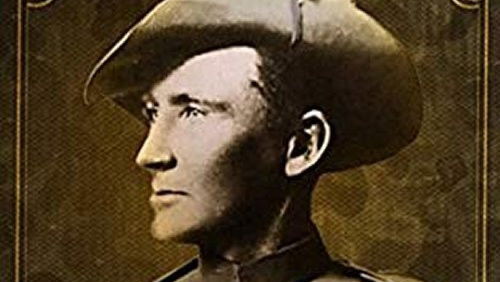American Dreams: Lost and Found (1984)
24KAmerican Dreams: Lost and Found: Directed by James Benning. American Dreams is chock full of concrete, discrete elements that comprise an American iconography of the past three decades. The film encourages a kind of perverse nostalgia for ‘the good old days’: Nixon’s ‘you don’t have Nixon to kick around any more’; Elvis’ response to questions about his gyrating style and the rumour that once he shot his mother; Patty Hearst’s ‘Tania’ statement; Senator Ribicoff’s reference to ‘Gestapo tactics in the streets of Chicago’. All of which is punctuated by the music of the period and set against a composite image of Hank Aaron memorabilia (arranged chronologically, 1954-76, the span of the champion home-run hitter’s major league career), and the sordid diary jottings of the would-be assassin, Arthur Bremer.
“Powerful experimental 50 minute film that seems like it would be more at home on a museum wall than anywhere else. u003cbr/u003eu003cbr/u003eThere are three elements to the film. A series of images of Hank Aaron baseball cards (and some other Hank Aaron memorabilia), intercut occasionally with a number. We quickly come to realize that the cards are from each year in Aaronu0026#39;s career, and the growing number the total home runs he had accumulated by that year. u003cbr/u003eu003cbr/u003eOver those images are played important sound bites from that particular year that defined and crystallized that moment in America. A song, and a speaker. The speakers range from Joseph McCarthy to Martin Luther King to Neil Armstrong to Patty Hurst, but each brings a shudder of recognition and a pull back to a moment, especially if you are old enough to have been alive when the words were spoken. u003cbr/u003eu003cbr/u003eThe third element, running along the bottom of the screen, not unlike the CNN news ticker, but in handwritten script, are diary entries. We start the film not knowing who they are by or what their significance is, but it quickly becomes clear that they are disturbing, and the product of a person unhinged. u003cbr/u003eu003cbr/u003eUltimately it all comes clear, and by its end the film is a powerful and sad look at America in during the years of Aaronu0026#39;s career which spanned the late 50s to the early 70s. u003cbr/u003eu003cbr/u003eThis is an experimental film that works on both an intellectual and an emotional, visceral level. u003cbr/u003eu003cbr/u003eThe viewer is also placed in the fascinating, if frustrating, position of having to choose which element to pay attention to at any given moment. Thereu0026#39;s simply too much going on to fully take it all in. In that sense, everyone is likely to have a very different experience of the film. u003cbr/u003eu003cbr/u003e(Now that it is on DVD, there is also the almost uncontrollable urge to use the remote control to freeze or go back, which would sort of undermine Benningu0026#39;s whole construct, but could be argued to create a new one with value of itu0026#39;s own. (kidding) That said, I resisted the temptation, knowing that I would get more from the film by experiencing it as Benning intended, and then re-watching it at a later date to see where my focus took me this time.”









